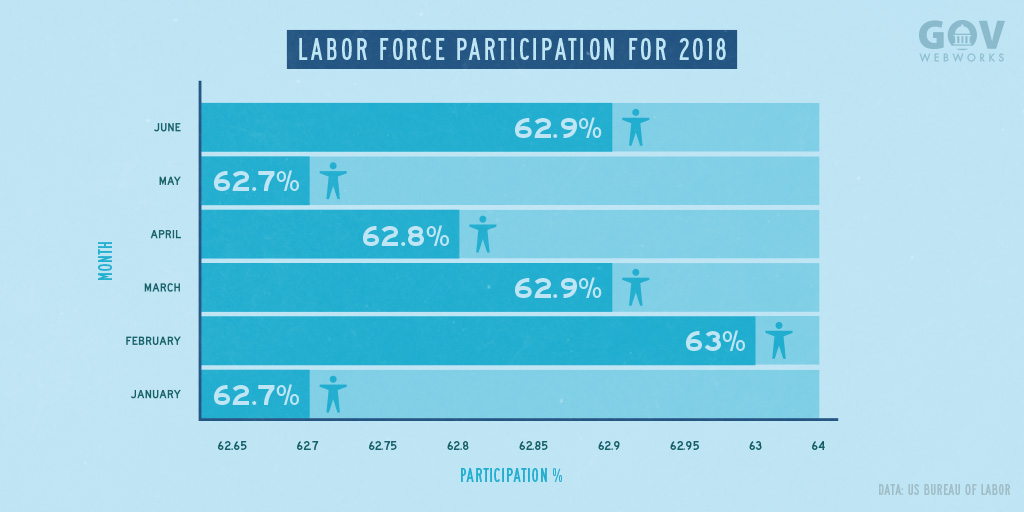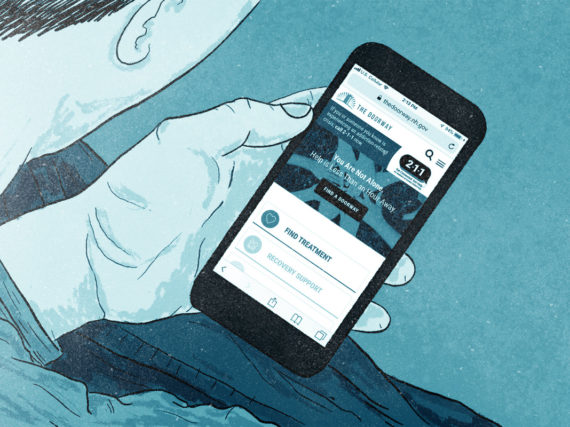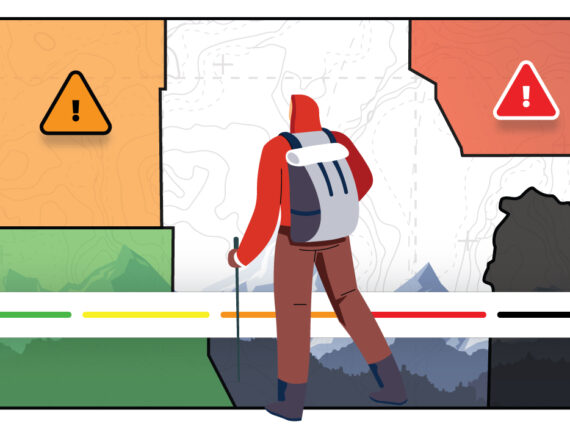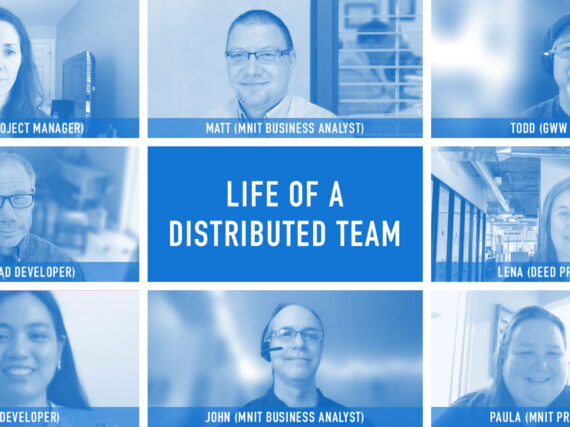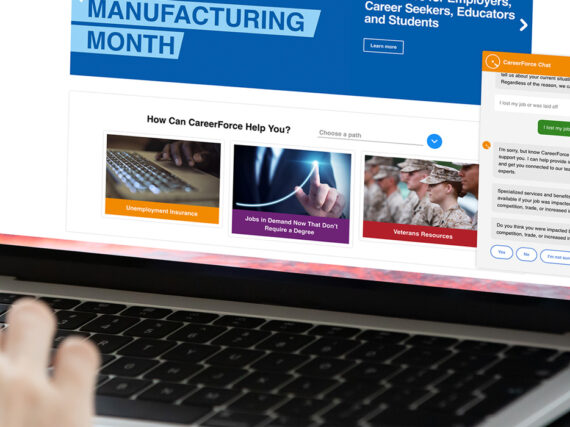According to analysts, the July 6 data from Bureau of Labor Statistics (BLS) shows continued growth in jobs and workers. More than 600,000 people entered the labor force in June to look for work. And although the unemployment rate rose to 4.0 percent from 3.8 percent in May, it is buffeted by the 0.2 percent increase in labor force participation to 62.9 percent. This reverses the decline in participation since February.
We’ve been paying particular attention to these stats in relation to work we’re doing with Minnesota for the Department of Employment and Economic Development (DEED). A recipient of a Workforce Innovation Fund (WIF) $6 million grant from the Department of Labor, DEED has enlisted GovWebworks to build their new workforce development platform, using 100 percent Federal funds.
Since DEED’s efforts are one part of the overall WIF initiative to bolster employment and participation in the national labor force, positive monthly data from BLS is an indicator of the success of such efforts. But the work is far from done.
New and innovative techniques are required to reach potential workforce populations and continue the rise in labor force participation. DEED’s online resource portal will provide access to job opportunities, support services, education, training, counseling, resources, and regulations tailored to individual needs. In the effort to broaden the labor force within the state, particular emphasis will be given to those currently underemployed or on the fringes of employment.
Workforce Innovation Fund goals
As detailed on the Workforce GPS site, WIF grants are intended to help states, regions, and localities implement “innovative approaches to the design and delivery of employment and training services that generate long-term improvements in performance.” An additional goal of the program is to “provide evidence of effective strategies that can be replicated throughout the system.”
The recovery of worker well-being after the 2008 recession is at the heart of WIF efforts and certainly the declining unemployment rate over the past two years offers a positive outlook.
“With payroll job growth coming in at 213,000 (about typical for this recovery), this recovery continues on its record-breaking pace,” Martha Gimbel, director of economic research at Indeed, says in a US News and World Report article about the data. “We just hit 93 straight months of job growth – a new historical record.”
However, the low unemployment rate does not provide the whole picture. As Gimbel noted in The Recovery Is Not Yet Complete, “although the unemployment rate is at record lows, other measures of worker well-being have not recovered as strongly.”
WIF work in states such as Minnesota is an important building block for true recovery of worker well-being. To this end, the DEED portal will target individuals who need employable skills, and help them find training in the areas of high projected job growth in Minnesota, such as healthcare and retail, according to DEED’s outlook.
The portal will be a valuable resource for underemployed, or underutilized, individuals who are employed but currently not earning livable wages. The resources on the portal will help these underemployed workers find jobs and training that better meets their career goals and matches them with employers seeking their specific skill sets.
Key components of the portal
Using a “no wrong door” approach, the DEED portal aims to be “a virtual convener of partnerships, programs, services and training resources,” says Julie Toskey, DEED project director. With the oversight of project evaluator IMPAQ International, they will use the following five key components to improve collaboration and collect actionable data for stakeholders, according to Toskey’s webcast:
- Provide resources and tools for members to seek data and information, establish networks and relationships, and customize their online presence.
- Integrate data, programs, and research from DEED’s labor market information system into the WIF platform, and provide customized Labor Market Information (LMI) for specific groups of stakeholders, such as jobseekers with disabilities, veterans, employers, industry associations, and economic developers.
- Integrate e-learning workshops and selected courses to enable jobseekers to access online curriculum covering resume development, interviewing skills, using professional networks, and determining when and how to contact workforce center staff.
- Implement online and offline industry sector pipelines that facilitate communication between demand-side and supply-side stakeholders to assist employers in communicating their workforce needs and help workforce partners in accessing and responding to information about employer needs.
- Integrate social media channels and strategies to improve information distribution and resource sharing.
When the portal launches in October, it will set new standards in the effort to encourage labor force participation. Not only will it provide job seekers with easy access to career-related services, but the enhanced user experience will make it more compelling for the 37.1 percent (current figure) of nonparticipants to use the tool and rejoin the labor force.
Focus on user experience
Given its mission, the user experience component of the platform is of utmost importance. We want to assure that job seekers, and especially potential job seekers, are compelled by the intuitive and engaging nature of the tool. This also extends to their ability to access and fully utilize the platform in a variety of ways, including mobile devices or assistive technology. By taking a user-centered approach to designing and developing the platform, users will be more likely to utilize the training and connections needed to bolster the labor force.
Thanks to the monthly employment data provided by BLS, the proof will be in the pudding, as they say. Once the tool begins to reach the intended populations, we will check stats for evidence of an increase in labor force participation in Minnesota, especially in the areas of high job growth. We’ll also be publishing a more in-depth look at the usability practices employed on the project when it launches in October. Stay tuned.
Learn more
- Bureau of Labor Statistics: The Employment Situation – June 2018
- Workforce Innovation Fund: Minnesota Department of Employment and Economic Development
- Pew Research Center: What the unemployment rate does (and doesn’t) say about the economy
- Contact us to learn more about solutions for similar employment efforts
